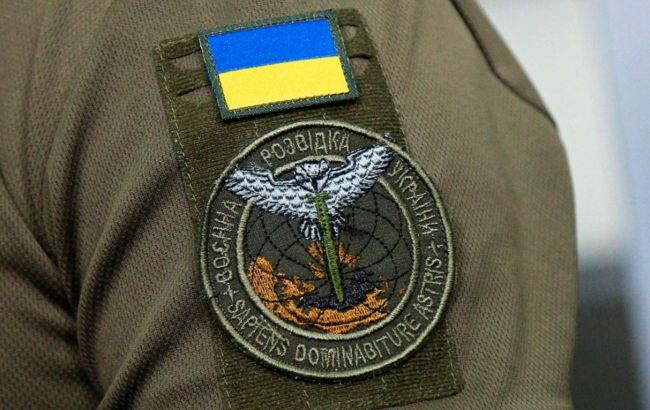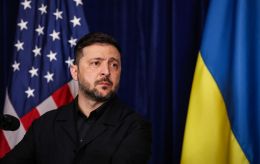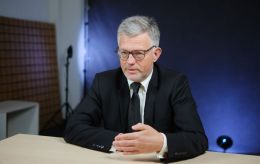Inside Ukraine’s partisan network: Intelligence tells one guerrilla's story
 Photo: Hundreds of people in the occupied territories serve Ukraine (armyinform.com.ua)
Photo: Hundreds of people in the occupied territories serve Ukraine (armyinform.com.ua)
On the temporarily occupied territories, communication has been established with those who resist the Russian occupiers. This involves hundreds of people living ordinary lives, according to an officer of the Main Intelligence Directorate of the Ministry of Defense of Ukraine with the call sign Ulster, who coordinates the underground resistance in the occupied territories, in an interview with Jenny Klochkо.
In particular, he described the story of one underground fighter with the pseudonym "Honta," who had military experience and has done a great deal for Ukraine under occupation.
"If we have a man or woman with military experience, it is a gift for us. Because you have tech people how to do some explosives, how to connect, how to do the right lanes with Kyiv, how to prepare all the actions that you can do with enemies on our territories. That's why when we connected with a man called Honta, it was truly a gift," Ulster said.
According to him, "Honta" is safe and continues to serve Ukraine, as do hundreds of people in the occupied territories – loyal to their country, they await liberation and work to hasten it.
"We are talking now about people who have the usual life, who have some work, who have family, and even family doesn't know that in the evening, the father lives a second life. That's why our operations are not about approaching Russian positions, killing all the Russians with artillery, or looking for equipment for our partisan movement," the intelligence officer noted.
He added that it’s about human intelligence when you need to create a network capable of effectively countering the FSB – conducting explosions on railways, eliminating traitors in cities, and so on.
Partisan movement in Ukraine during the war
It’s worth noting that partisan units began to form as early as the beginning of Russian aggression in 2014 and started to spread actively after 2022, when the full-scale war began. Partisans are conducting armed resistance in territories and cities occupied by Russian invaders.
At the beginning of the full-scale invasion, the head of the Main Intelligence Directorate of the Ministry of Defense, Kyrylo Budanov, announced the "creation of a partisan unit."
One of the most notable is the ATESH movement, created by Ukrainians and Crimean Tatars in September 2022. Partisans gather information about the movements of Russian military forces – primarily in Crimea but also in other occupied areas.

